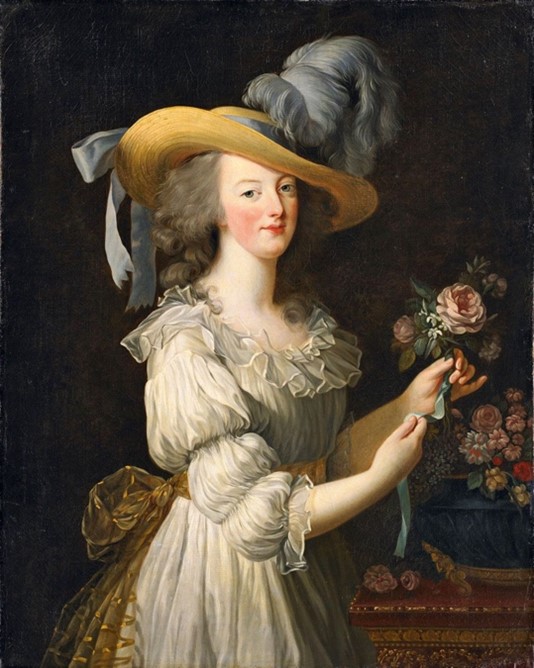Written by: Agnes Palmer
‘Like’: one of the most frequently spoken words in the English language. It’s clear that the reputation of ‘Like’ is tarnished by its overuse. But maybe it’s time to reform our impression of it. Perhaps it is not merely the ‘lazy linguistic filler’ of the present day – why not give it a chance.
The word ‘Like’ plagues me constantly. Whether I’m talking to friends or speaking in class – it follows me everywhere; I can’t stop saying it and it has become a hugely irritating habit. But we all say it! A few days ago, when talking to my cousin, they said the word ‘like’ 23 times in the space of 2 minutes of talking. Wow. While Shakespeare is not exactly ‘guilty’ of using the detested form of ‘like’, an abbreviation for the word ‘likely’ is used in Twelfth Night when Valentine says to Cesario, ‘you are like to be much advanced’. So, this could be where our society’s obsession with ‘like’ began. Although there is more to ‘like’ than meets the eye.
The degradation of the word ‘Like’ is, in fact, surrounded by Sexism. How many women have been told that ‘like’ makes them sound stupid and ‘girlish’ – Quite a few! Our supposedly meaningless filler is at the centre of discussion surrounding the way women are linguistically stereotyped. ‘Like’ is said to have been intrinsically linked to women’s language, typically associated with the stereotype of a ‘valley girl accent’. Or, a ‘Californian Bimbo’, as you may have heard. This pejorative view of it and its association with the apparently ‘spoiled’ and ‘idiotic’ young women of 1980s California, has been a condescending remark targeting women’s speech for decades. There are records stating that an American law firm sent a memo to female employees, telling them to ‘Learn hard words,’ and ‘Stop saying ‘like’’ Being the Wimbledonian I am, I am incredibly frustrated by this. Women shouldn’t be made to feel foolish and less-than our male counterparts just because we use it when conversing. Maybe the word just needs a renewal? Maybe it needs to be made a new component of everyday speech rather than merely a ‘filler’?
Enter linguists.
Recent studies show that society’s negative preconceived ideas surrounding ‘like’ are far from the truth. It is, as Malcolm Gladwell, a renowned Canadian Journalist, said, a word with a ‘rich emotional nuance’. He claims that the word ‘like’ can enhance speech, particularly when retelling accounts. An example of this is, ‘And I was like, ‘That’s amazing!’’. Here, the speaker can still capture the vividness of direct speech with this singular word while the pragmatic force of a conversation without the syntactic complexity of indirect speech, is still retained. In short, ‘like’ enriches our speech, creating a more immersive and engaging atmosphere when sharing an anecdote.
We must not disregard the versatility of ‘like.’ There are, in fact, six different forms of the word ‘like’, according to linguist Alexandra D’Arcy. The verb and the preposition are the traditional, widely accepted forms. However, there are four others. As previously mentioned, there is the quotative form: ‘and I was like, “that’s amazing!”’, allowing a person to tell a story while conveying the feeling of what was said and thus, providing a sense of familiarity between the speaker and the person being described. There is the Discourse Marker: ‘What was the work? Like, we had to write out…’. This functions as an adverb, meaning approximately whereas the Discourse Particle comes in the middle of the sentence, ‘This dinner is, like, the best I’ve ever eaten.’ There are even more forms such as the Geordie tradition of using ‘like’ at the end of a sentence: ‘She helped my with my homework, like’. And of course, we are all familiar with ‘like’ the noun on social media (She gave it a like). So, ‘like’ continues to surprise us: perhaps one of the most versatile words in the English language?
But take a moment to reflect on when you use it, how often you use it, whether someone tells you not to use it. Our use of ‘like’ is specific: we don’t just pin it anywhere in the sentence. There are patterns in the way that we use it. Even if you still believe that saying ‘like’ is a bad habit, just notice it come up in your speech. Which type of like did you use just then? Remember: it shouldn’t make you feel stupid when you say it and it certainly shouldn’t be used to stereotype women’s language – it has a depth to it that often goes unseen.



